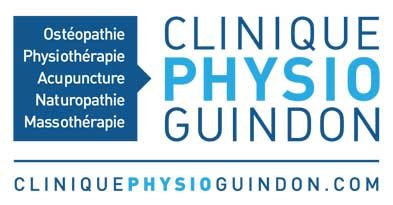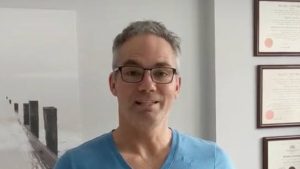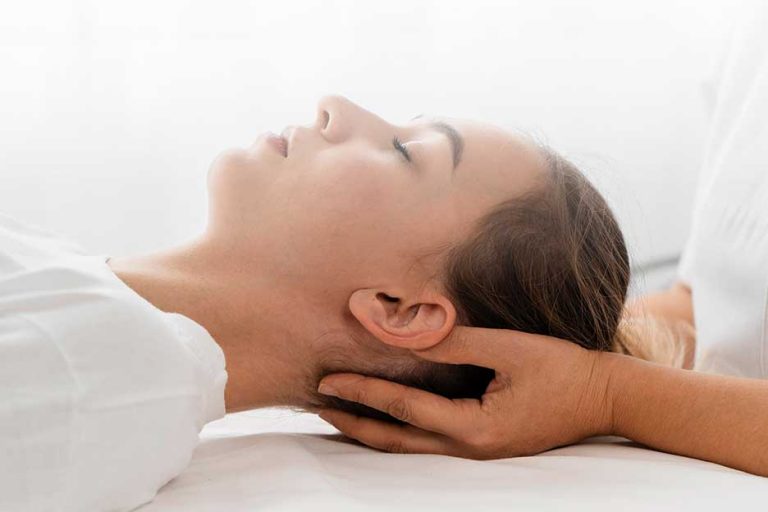What is the role of the craniosacral system?
The main function of the craniosacral rhythm is to bring balance between the body and the environment; its vital energy and the adaptation of the individual to the different stresses coming from the outside. For example, you probably know people around you who never get sick or recover quickly from an injury. These people most likely have a strong life energy. These are people who recover quickly from an infection. In craniosacral therapy, the osteopath places his hands lightly on the head and pelvis to assess the rhythm of the craniosacral system. The therapist assesses the density, quality and quantity of the craniosacral rhythm. Afterwards, precise hand positioning is essential to successfully release blockages. An instantaneous or progressive improvement will occur such as the attenuation of migraines or the reduction of fatigue.
Craniosacral therapy is based on five basic principles:
1. The inherent mobility of the brain and spinal cord.
2. Fluctuation of the cerebrospinal fluid.
The nervous system, i.e. the brain and the spinal cord, is immersed in this liquid, much like the liquid inside a coconut. Cerebrospinal fluid is constantly produced and absorbed, which explains this fluctuation.
3. Mobility of intracranial and intrarachid membranes.
The brain is held to the cranium by these membranes. The spinal cord is surrounded by a membrane called dura mater, which is attached to the three upper cervical vertebrae and the sacrum. It is important to have a sacrum with full mobility because it will have a major influence on the rest of the cranium and on the cranio-sacral rhythm
4. Joint mobility of the skull bones.
The skull is composed of several bony pieces attached together. This explains the lines that we see on the outside of the cranium.
5. Involuntary mobility of the sacrum between the iliacs
The sacrum is located between the bones of your pelvis. Above it is the fifth lumbar vertebra and below it is the coccyx. Good mobility of the sacrum is necessary to regulate the cranio-sacral rhythm. The sacrum can be compared to the pendulum of a clock that needs to be free in order to keep the clock (the skull) on time.
Problems with the spine:
– Chronic neck pain. Torticollis
– Scoliosis Scoliosis car accident (whiplash)
– Eye disorders
– Astigmatism Myopia Diplopia Conjunctivitis Strabismus
– Hyperopia
– Problems with the lungs: Asthma; Allergic reactions; Hay fever
– Problems with the ears: Ringing Meniere’s Syndrome Hearing loss; Deafness; Dizziness
– Head related disorders: Headache; Migraine; Stroke; Epilepsy; Head trauma; Post-concussion syndrome Sinus infection.
– Ear infections (earaches)
– Pain in children: Birth trauma; Language disorders; Cerebral palsy; Jaw pain
– Hypertension






